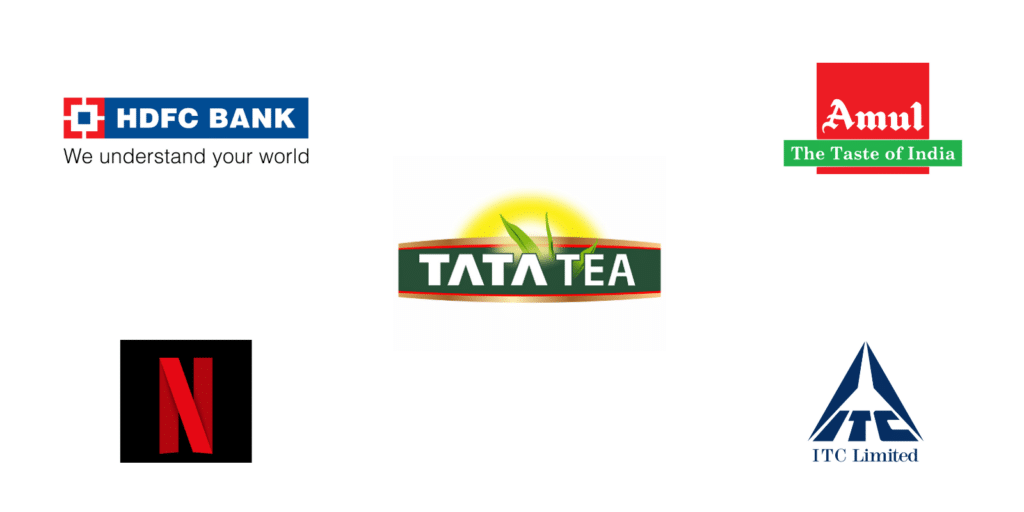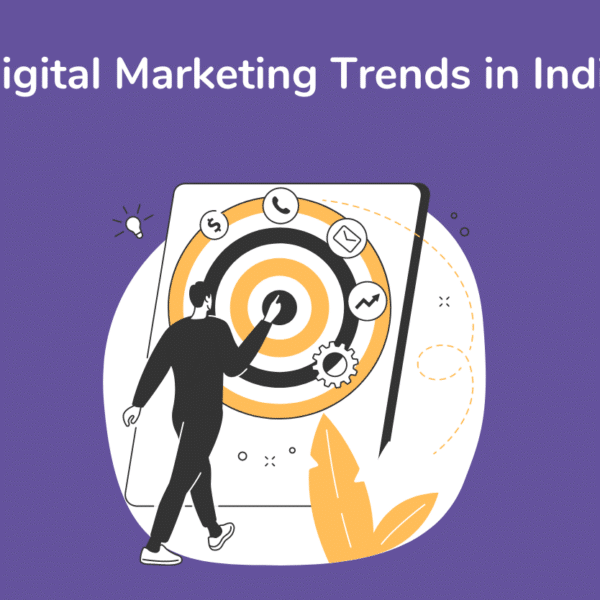The Indian market is a vibrant and diverse landscape that offers immense opportunities for businesses. With its population of over 1.3 billion people, India presents a unique set of characteristics and consumer behaviors that make it a challenging yet rewarding market to navigate. In this blog post, we will explore the importance of marketing in India and highlight companies with best marketing strategies in India.
Table of Contents
The Importance of Marketing in India:
Marketing plays a pivotal role in India due to its diverse consumer base, cultural nuances, and intense competition. Effective marketing enables businesses to connect with customers, build brand awareness, differentiate themselves, and drive sales. With the rise of digital media and increasing consumer empowerment, companies need to develop strategies that resonate with Indian consumers and capture their attention amidst the cluttered marketplace.

Characteristics of a Good Marketing Strategy in India:
To create a successful marketing strategy in India, businesses must consider several key factors. Firstly, understanding the diverse cultural and linguistic landscape of the country is crucial. Localization and customization of marketing campaigns can go a long way in building trust and connecting with Indian consumers. Additionally, leveraging digital platforms, embracing social media, and utilizing regional influencers are vital for reaching the vast Indian audience. Finally, a good marketing strategy in India should evoke emotions, prioritize customer engagement, and demonstrate social responsibility to build strong brand loyalty.
Companies with the Best Marketing Strategies in India:
Amul:
- Content marketing: Amul is known for its witty and topical videos on social media. These videos are often based on current events or popular culture, and they always feature a clever twist. For example, one video featured a pun on the name of the Indian Prime Minister, Narendra Modi. The video went viral and helped to boost Amul’s brand awareness.
- Data-driven marketing: Amul uses data to track the performance of its marketing campaigns. This data helps the company to identify what is working and what is not. For example, Amul might track how many views its videos receive on social media. If a video is not performing well, Amul might adjust its strategy accordingly.
- Partnerships: Amul also partners with other brands to reach a wider audience. For example, Amul has partnered with the Indian cricket team. This partnership has helped Amul to reach millions of cricket fans in India.
- Content Marketing works best for Amul.
HDFC Bank:
- Customer-centricity: HDFC Bank’s marketing strategy is focused on customer-centricity. The bank’s website and mobile app are designed to be easy to use, and the bank’s customer service is known for being excellent. HDFC Bank also offers a variety of products and services that are designed to meet the needs of its customers.
- Social media: HDFC Bank is active on social media, and it uses social media to connect with its customers. The bank’s social media team posts helpful content, such as tips on financial planning. HDFC Bank also uses social media to run contests and giveaways.
- Word-of-mouth marketing: HDFC Bank encourages its customers to share their positive experiences with the bank. The bank offers a referral program, and it also publishes testimonials from its customers on its website.
- Word-of-mouth marketing works best for HDFC Bank.
Tata Tea:
- Social responsibility: Tata Tea is committed to social responsibility, and this commitment is reflected in its marketing strategy. The company supports a variety of social causes, such as education and environmental protection. Tata Tea also uses its marketing campaigns to raise awareness about these causes.
- Emotional appeal: Tata Tea’s marketing campaigns often appeal to consumers’ emotions. For example, one campaign featured a heartwarming story about a young boy who was reunited with his father after the father was released from prison. This campaign was very successful in connecting with consumers on an emotional level.
- Celebrity endorsements: Tata Tea has also used celebrity endorsements in its marketing campaigns. For example, the company has used Bollywood actors Shah Rukh Khan and Amitabh Bachchan to endorse its products. These endorsements have helped to raise the profile of Tata Tea and its products.
- Tata Tea’s emotional appeal is very strong.
Netflix:
- Original content: Netflix’s marketing strategy is focused on its original content. The company spends heavily on developing and producing original content, such as TV shows and movies. Netflix also uses its marketing campaigns to promote its original content.
- Targeted marketing: Netflix uses data to target its marketing campaigns. The company knows what kind of content its users watch, and it uses this data to target its marketing campaigns to specific audiences. For example, Netflix might target a campaign to users who have watched a lot of superhero movies.
- Partnerships: Netflix also partners with other brands to promote its content. For example, Netflix has partnered with Amazon Prime Video to offer a bundle subscription that includes both services. This partnership has helped Netflix to reach a wider audience.
- The originality of their content is their USP.
ITC:
- Premium image: ITC’s marketing strategy is based on creating a premium image for its products. The company’s products are known for being high-quality and well-made. ITC uses a variety of marketing channels to promote this image, including advertising, public relations, and social media.
- Research and development: ITC invests heavily in research and development to ensure that its products meet the needs of consumers. The company has a team of scientists and engineers who are constantly working to develop new products and improve existing ones.
- Brand ambassadors: ITC uses brand ambassadors to promote its products. The company has partnered with some of the biggest stars in India, such as Amitabh Bachchan and Shah Rukh Khan. These partnerships have helped to raise the profile of ITC and its products.
- ITC already has a Premium image in the minds of it’s customers.
Numerical Stats for Above Brands:
| Brand | Market Cap (INR billions) | Revenue (INR billions) | Profit (INR billions) | Employees (thousands) |
|---|---|---|---|---|
| Amul | 360 | 50 | 7 | 60 |
| HDFC Bank | 7,300 | 2,200 | 300 | 250 |
| Tata Tea | 160 | 120 | 10 | 10 |
| Netflix | 1,500 | 150 | 20 | 1,130 |
| ITC | 3,900 | 3,700 | 280 | 307 |
The Future of Marketing in India:
As India continues to witness rapid digital transformation and an increasing appetite for online consumption, the future of marketing in India holds immense potential. The rise of e-commerce, data-driven marketing, and personalized experiences will shape the marketing landscape. Companies that adapt to these changes, leverage emerging technologies, and connect with consumers on a deeper level will gain a competitive edge.
Conclusion:
In the dynamic and ever-evolving Indian market, marketing plays a vital role in business success. By understanding the unique characteristics of the Indian market and crafting strategies that resonate with consumers, companies can effectively engage their target audience, build brand loyalty, and drive growth. As we move forward, embracing digital innovations, localizing marketing efforts, and nurturing emotional connections will be key to thriving in the exciting world of Indian marketing.


Leave a Comment